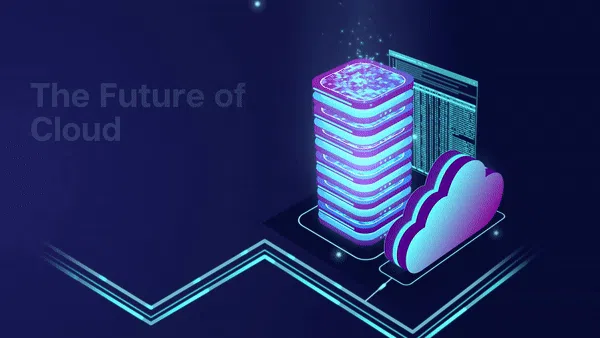
☁️🚀 The Future of Cloud Computing: Edge & Serverless Trends Uncovered!
“Cloud computing is often far more secure than traditional computing, because companies like Google and Amazon can attract and retain cyber-security personnel of a higher quality than many governmental agencies.” - Vivek Kundra, former Federal CIO of the United States
Today, we're going to take a closer look at two of the biggest trends in cloud computing: edge computing and serverless computing.
Edge computing is a distributed computing model that processes data near the source or at the edge of the network rather than sending it to a centralized cloud. It's a response to the growing amount of data being generated by IoT devices, which need to be processed in real-time to avoid latency and bandwidth issues.
Serverless computing, on the other hand, is a model where the cloud provider manages the infrastructure and automatically allocates computing resources as needed, allowing developers to focus on writing code without worrying about the underlying infrastructure.
Both of these trends are rapidly gaining traction and have the potential to transform the way businesses operate. Here's how:
Edge computing:
Edge computing is a game-changer for businesses that need to process large amounts of data in real time. With edge computing, businesses can process data where it's generated, reducing latency and improving the overall speed and efficiency of operations.
For example, in the manufacturing industry, edge computing can be used to monitor equipment in real time, identify potential issues, and trigger maintenance or repairs before they become more serious. In the retail industry, edge computing can be used to analyze customer data in real time, providing personalized recommendations and improving the overall customer experience.
The benefits of edge computing extend beyond just faster data processing. By reducing the amount of data that needs to be transmitted to the cloud, businesses can also reduce their bandwidth costs and improve overall network performance. With the amount of IoT devices ever increasing and companies' addiction to collecting and analyzing data this market will be a hot one to watch in the future.
Serverless computing:
Serverless computing is another trend that's gaining popularity in the business world. By removing the need to manage servers and infrastructure, serverless computing allows developers to focus on writing code and delivering value to customers.
For example, serverless computing can be used to build and deploy microservices quickly and easily without worrying about scaling or managing the underlying infrastructure. This can be particularly useful in industries where speed and agility are key, such as software development, e-commerce, and financial services.
In addition, serverless computing can offer significant cost savings, as businesses only pay for the computing resources they use rather than having to maintain a large, expensive infrastructure. I’ve helped multiple companies adopt serverless technology to reduce costs significantly. For example, migrating from mainframe fits very well into serverless since mainframes are event and batch driven. Companies Like The Motley Fool switched to serverless to seamlessly scale while driving down costs. This area will only continue to grow as more companies move to SaaS solutions from conventional monoliths deployed on-premises.
In conclusion, both edge computing and serverless computing are transforming the way businesses operate by providing faster, more efficient, and more cost-effective ways to process data and develop applications. As these technologies continue to evolve, it's important for businesses to stay up to date with the latest trends and best practices in order to remain competitive and future-proof their operations.
That's all for this week's newsletter. We hope you found this information helpful, and we'll be back next week with more insights and analysis on the latest trends in technology and business.

